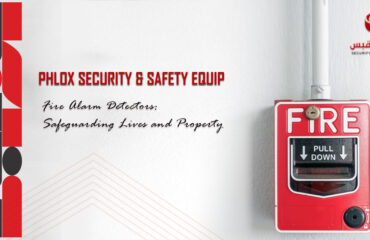
Essential Fire Safety Procedures in Villages and Countryside: Protect Your Home and Property
Fire safety in rural areas, such as villages and countryside locations, is more crucial than ever. With dry vegetation, agricultural activities, and limited access to emergency services, these areas are at higher risk for wildfires and house fires. Implementing effective fire safety procedures in villages and countryside communities not only protects lives but also safeguards homes, barns, and the surrounding environment. In this blog, we’ll cover vital fire safety tips to help prevent fires in rural areas and ensure the safety of everyone.
1. Fire Safety Procedures in Education and Awareness for Rural Communities
Fire prevention education is a key component of fire safety in villages and the countryside. By educating local residents about fire hazards, safe burning practices, and proper firebreak creation, communities can prevent wildfires and other fire-related disasters. Awareness programs, fire safety seminars, and community workshops can teach villagers how to identify fire risks and stay informed about local fire bans and seasonal regulations.
Local schools and community centers can become valuable platforms to spread fire safety awareness, ensuring that every household understands fire prevention measures and safe fire practices.
2. Maintain Clear Emergency Access Routes and Safety Procedures for Firefighters
In rural locations, firefighting access can be challenging due to narrow, poorly maintained roads. To improve firefighting response times, it is essential to keep access routes clear for fire trucks and emergency vehicles. Homeowners and farmers should clear vegetation and create a defensible space around their properties. This minimizes the risk of wildfires spreading to structures and allows emergency responders to quickly reach the scene.
3. Install Fire Detection Systems and Fire Extinguishers
Installing fire detection systems, such as smoke alarms and carbon monoxide detectors, is essential for early fire detection. Early warning systems can save lives by providing valuable time to evacuate or extinguish small fires before they escalate. Additionally, rural homeowners should always have fire extinguishers readily available, especially in kitchens, barns, and sheds. A simple fire extinguisher can make the difference between containing a small fire and losing an entire building.
4. Establish Local Fire Brigades and Volunteer Firefighters
In many rural areas, professional firefighting services can be distant and may take longer to arrive. Therefore, setting up local volunteer fire brigades or community fire departments can significantly improve fire response times. Equipped with basic firefighting gear, these volunteer groups can tackle small fires and reduce the damage while waiting for professional responders. Community engagement and firefighting training for volunteers are crucial for maintaining fire_safety in rural areas.
5. Use Fire-Resistant Materials for Homes and Structures
For homeowners in villages and the countryside, constructing or upgrading buildings with fire-resistant materials can significantly reduce fire risks. Using materials like metal, stone, or fire-resistant roofing can prevent fires from spreading quickly and protect structures from being easily ignited during wildfires.
Conclusion: Fire Safety Procedures is Essential for Rural Communities
Fire safety in villages and countrysides is a shared responsibility. By incorporating proactive measures such as fire safety education, clear emergency access, smoke alarms, and local volunteer fire brigades, rural communities can greatly reduce fire risks. Protecting homes and properties from wildfires requires a community-centered approach with preparedness and prevention at its core.
By following these fire safety procedures, villages and countryside residents can ensure the safety of their families, homes, and the environment while preventing devastating fire outbreaks. Prioritize fire prevention today to keep your community safe and secure for years to come.

